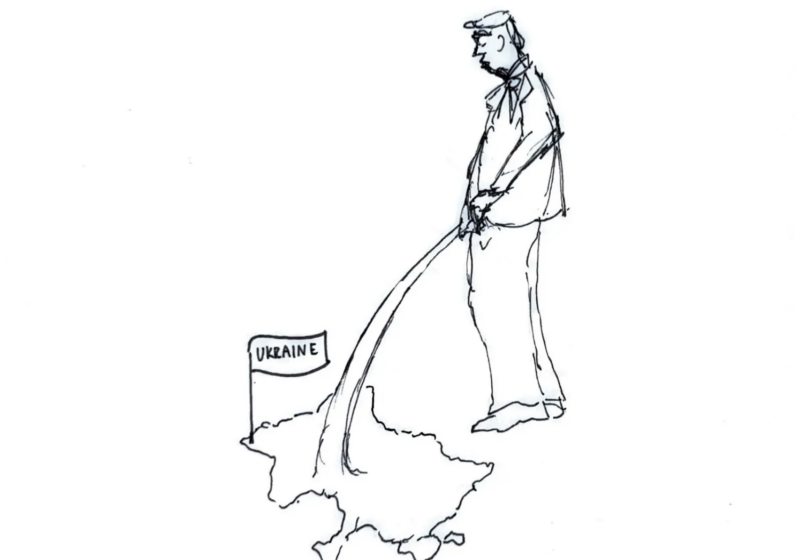
Drue Sokol, Photo Editor
For over a year now there have been a series of ongoing discussions concerning UR’s smoking policy. Within the past semester, however, junior Sheridan Finnie and seniors Sara Rothenberg and Catie Tarentine, who are leading the initiative, have begun to push for one which would outline a plan for a smoke-free campus save for a number of designated areas in which smoking would be allowed.
Under the guidance of Director of the University Health Service Ralph Manchester and Associate Director of Health Promotion Linda Dudman, Finnie, Rothenberg and Tarentine initially aimed to implement a policy that would designate UR as entirely smoke free with no designated smoking areas, but after receiving feedback from students, faculty and staff, decided this new direction would make for a policy that would accommodate a larger majority of the University community.
“We really felt this was an appropriate kind of compromise,” Rothenberg said. She explained that with a policy like this smokers will be able to continue to smoke, but that it would create a cleaner environment for those who do not.
Dudman agreed.
“I feel that at this point in time this is the best way for us to be proceeding,” she noted.
Tarentine emphasized that this policy is in part all about accounting for different perspectives at the University.
“I think from the beginning our initiative has been [built] around respect,” Tarentine said. “We wanted respect for nonsmokers, we wanted respect for the environment and we also [wanted] respect for smokers.”
Discussion about UR’s smoking policy began during the 2010-11 academic year when Tarentine and Rothenberg decided to expand upon an independent study they completed after learning of SUNY Buffalo’s decision to become a smoke-free campus.
Finnie, who is also currently the president of UR’s chapter of Colleges Against Cancer (URCAC), joined the effort at the end of that year.
They discussed a number of different options for a new policy that would replace UR’s current standard, which states that smoking is not allowed within 30 feet of University-owned buildings. In addition to going entirely smoke free or smoke free with designated smoking areas, the option to go tobacco free (a policy which would also restrict chewing tobacco) was touched upon as well.
In the spring semester of the 2011-12 academic year a document containing background information on all possible options was submitted to UR President Joel Seligman.
Manchester explained that there is no definite timetable for when a new policy will be announced, but Dudman noted that whenever an announcement is made, there will be a transition period of six to nine months afterward which will allow time for publicity, construction of designated smoking areas assuming that is the policy that is adopted, time for expansion of smoking cessation support for the University community and a chance to update official information UR sends to prospective students.
Once the University makes a decision about whether a new policy should be implemented and which direction it would take, committees made up of students, faculty and staff, who are both smokers and nonsmokers, will be formed (assuming the policy will go forward) to discuss topics such as how to best educate the University on the new policy, where to put designated smoking areas, what form they will take, and how best to offer smoking cessation resources.
“We want this policy that’s going to be affecting everyone to be contributed to by everyone,” Rothenberg said.
Other developments to this initiative include the consideration for the use of peer enforcement rather than relying on UR Security to enforce a new policy, an option that Finnie believes is made increasingly possible by having designated smoking areas and an increased effort to build up smoking cessation resources.
Goldin is a member of the class of 2013.





